Crafts are vectors of creation within Quebec society. They are at the heart of Quebec art, in constant evolution, making ancestral techniques topical subjects. It is through the institutions that embody them that the knowledge and know-how that keep these disciplines going through the decades are transmitted. This series of articles is intended to be a presentation of each of the disciplines that make up the crafts and that promote Quebec creativity. The first craft that will be explored is that of ceramist and the discipline associated with it. We will explore its origins and its main techniques, as well as the studies and training useful to get started in ceramics. The journey of some ceramist entrepreneurs will be presented at the end of this article.
Ceramics in general
First of all, it seems important to define what ceramic consists of. “Ceramics (from κ́εραμος, clay, potter's earth) is the art of shaping clay and fixing its shapes by firing. The word ceramic refers to products of various composition and appearance, based on clay or any plastic earth. (Brunet, Giacomotti & Pecker, nd, para. 1). A hobbyist might wonder what is the difference between pottery and ceramics. These are terms with a similar meaning; both designate both the technique of working with the material and the material as such. Some experts will distinguish between the two terms, but it is not necessary, for the understanding of this article, to be so picky.
Ceramics is an art that dates back to time immemorial, if we can put it that way. Indeed, its origins date back to prehistory, when the human tribes that roamed the earth settled down (Brunet, Giacomotti & Pecker, nd, para. 2). Although the techniques have evolved over the centuries, notably by inventing new cooking methods, moving from the utilitarian to the decorative or by glazing the pieces created, the basics remain the same.
We divide the creation into three main stages: washing and kneading, shaping and cooking. The first is quite simple and its purpose is quite clear; washing and kneading are two steps that give the necessary consistency to the material used while at the same time removing components that could harm the final result.
In a second step, the ceramist proceeds to the shaping of his piece. Until ancient Egypt, this step was done by hand. Then, in Pharaonic times, the potter's wheel was invented and it is still used today, although it has been modernized somewhat to make it more malleable and efficient. When using a potter's wheel, two sub-steps divide the shaping: roughing allows the general shape of the piece to be obtained and turning allows it to be worked in more detail. The first is done by hand while the second can combine tools according to the desired result. However, the shaping is not carried out exclusively using a potter's wheel; it is also possible to cast, that is to say give shape to a part using a plaster mold where the material is deposited in the liquid state which will constitute, once dry, the part desired. Finally, work totally by hand is always possible and favored by some ceramists who forge the piece from A to Z with the sole help of their fingers and a few tools to engrave details.
The last step in the basic process of creating a ceramic is firing. Again, the techniques differ; originally it was the sun or the fire that were used. Today, a multitude of ovens specially designed for this art are used for cooking. As for the temperature to be maintained, it varies according to the type of material and the solidity of the part to be obtained; between 800℃ and 1400℃ are the standards. A similar principle applies to cooking time; the standards vary between 24 and 36 hours, but this can exceed these guidelines depending on the techniques, the material, the desired rendering, etc. (Brunet, Giacomotti & Pecker, nd, paras. 3-6).
These steps are the basic process for creating a ceramic piece. Several variations can take place, in particular according to the type of material used. In the designed parts, we usually find clay that we combine with another constituent, according to the desired consistency, rigidity and/or porosity. One of the elements that can be added is a glaze; as ceramic is generally something porous, water can infiltrate it. A glaze therefore prevents water from penetrating the piece and deforming it (Crouzet, Giacomotti & Morisson, nd, para. 19). When buying ceramic, it is important to be informed, although you can feel it: a glazed ceramic is smooth to the touch and has a lustrous appearance, while an unglazed ceramic is rough and its surface has a matte appearance. A glazed ceramic can be washed in the dishwasher, in general, while an unglazed ceramic must be washed by hand and especially not left to soak. A small formality that can avoid many misfortunes!
An art that can be learned
But how to acquire the know-how necessary for the manufacture of ceramic pieces? If it is from a professional perspective, there is the college technique, offered at Cégep Limoilou in collaboration with the Maison des Métiers d'Art du Québec, and at Cégep du Vieux Montréal in collaboration with the Bonsecours Ceramic Center. It is also possible to pursue university studies in this field or in other artistic fields in the various universities of Quebec. It is also possible, for those who would like to learn as an amateur, to follow workshops open to the general public, in particular at the Maison des Métiers d'Art du Québec .
Portraits of ceramists

Goye ceramic artist in collaboration with Noemiah
A graduate of the Center de Céramique Bonsecours, Stéphanie Goyer-Morin, who also has a bachelor's degree in visual and media arts and a DEC in arts and literature, works with ceramics to create delicate pieces. Creating both utilitarian and decorative objects, the designer creates pieces that charm with their simplicity and elegance. Creating kitchen items, decorative vases or jewelry, Goye offers you superb works in a minimalist and refined style.
Quebec ceramist Cindy Labrecque works in several fields, including photography, video, printmaking, painting, drawing and, of course, ceramics. A graduate of Cégep Limoilou in ceramic arts and Laval University in visual arts, she creates ceramic pieces on which she prints images. The result is amazing ; his ceramics are original and demonstrate a most unique artistic approach. With their unparalleled aesthetics, Cindy's pieces will please everyone, especially with the warm and comforting aspect of her collection of Quebec animals.
Holder of a bachelor's degree in fine arts, Edith Maisonneuve is the creator behind the company Œil Noir . She works polymer clay and porcelain bead by bead to create unisex jewelry all of great uniqueness. Working a lot in shades of white and black, Edith builds versatile pieces that match any outfit and any occasion. Minimalist in both colors and shapes, Œil Noir's jewels are completely contemporary pieces that catch the eye. The company offers jewelry that is both unique and versatile.
In short, ceramics is a polymorphous art that adapts over time to always offer its followers the latest fashion pieces. Whether you use it for cooking, to decorate your home or prefer to wear it, ceramic comes in a wide variety of forms and adapts to everyone's needs. All you have to do is find the ceramist who will be able to create the coveted piece or, why not, start ceramics yourself to make your own creations!

Reviewed By Melanie
Bibliography:
Brunet, M., Giacomotti, J., & Pecker, A. (nd). Ceramic. In Encyclopædia Universalis . Retrieved from http://www.universalis-edu.com
Conseil des Métiers d'Art du Québec. (nd). College education. Retrieved from https://www.metiersdart.ca/cmaq/espace-professionnel/formation-collegiale
Giacomotti, J., Morisson, H., & Crouzet, C. (nd). Pottery. In Encyclopædia Universalis . Retrieved from http://www.universalis-edu.com
House of Crafts of Quebec. (nd). Ceramic options. Retrieved from http://mmaq.com/programmes/ceramic/


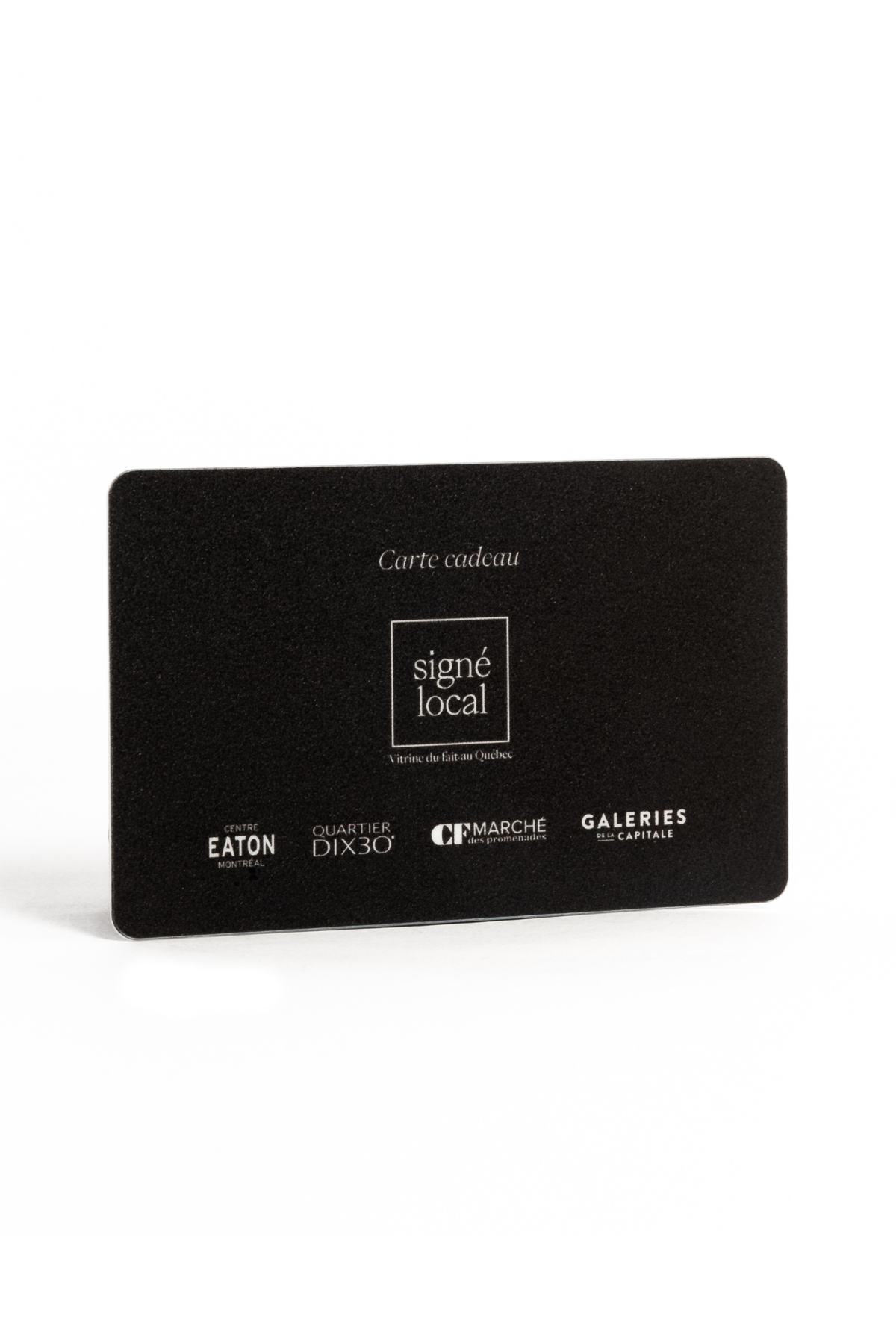





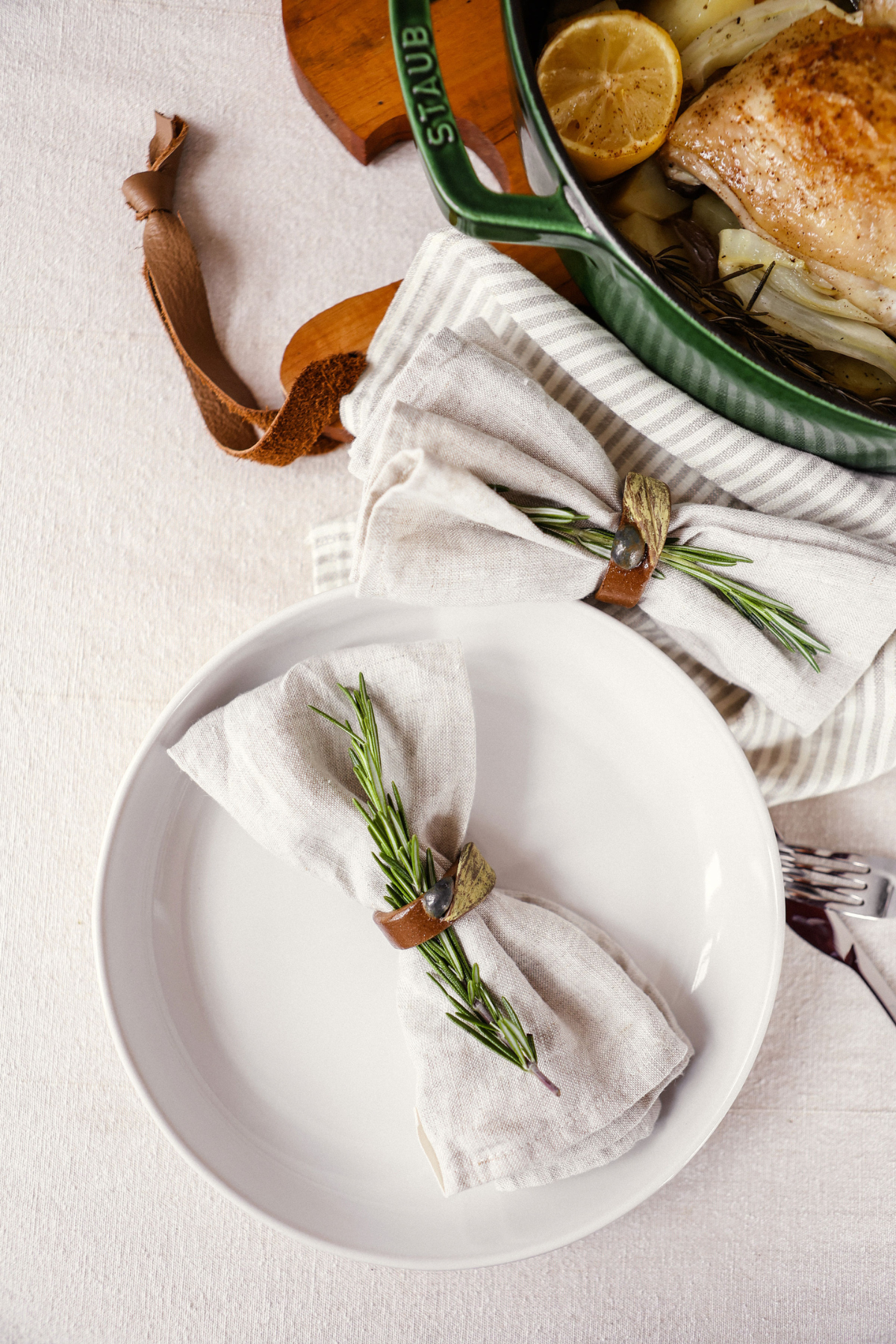
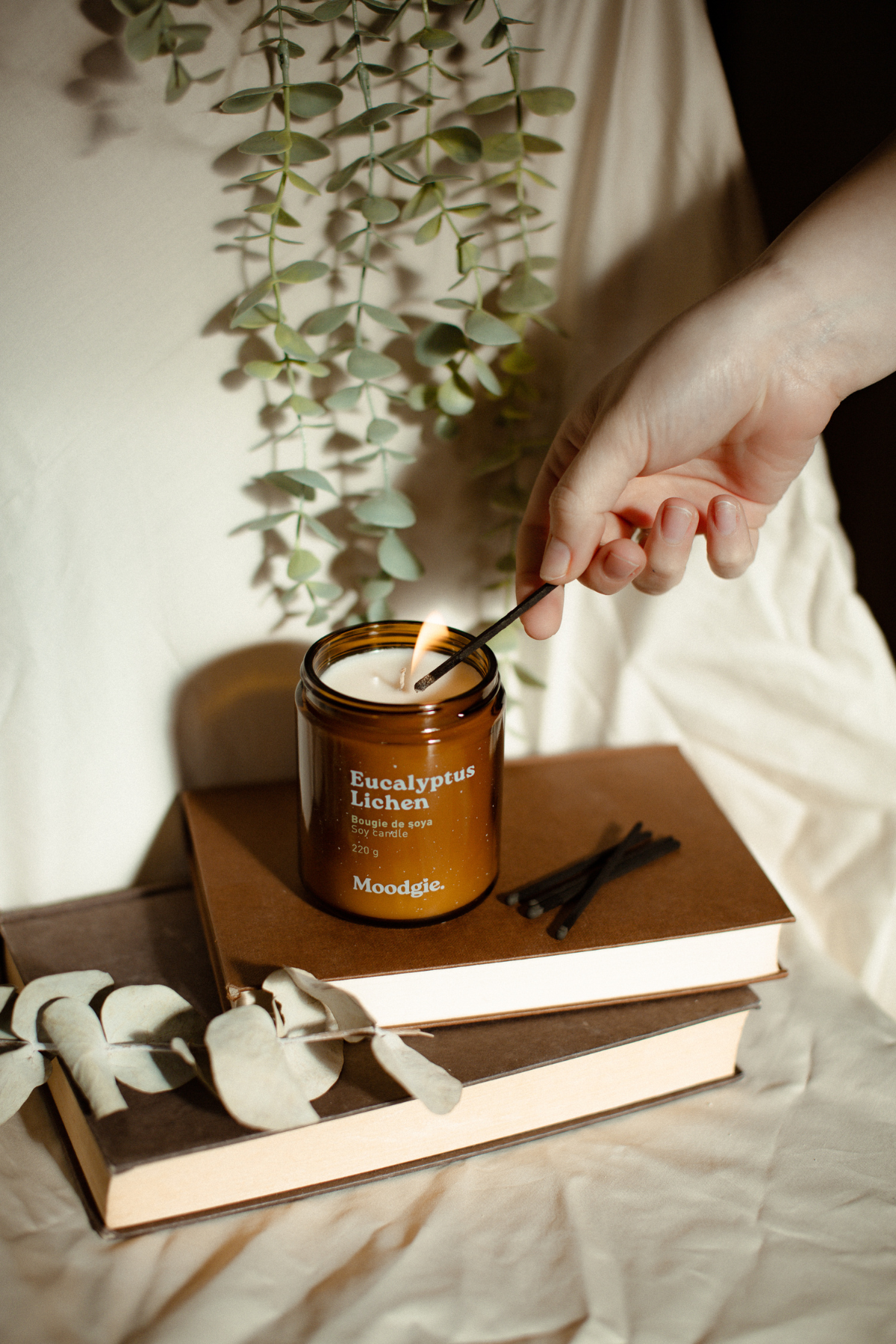

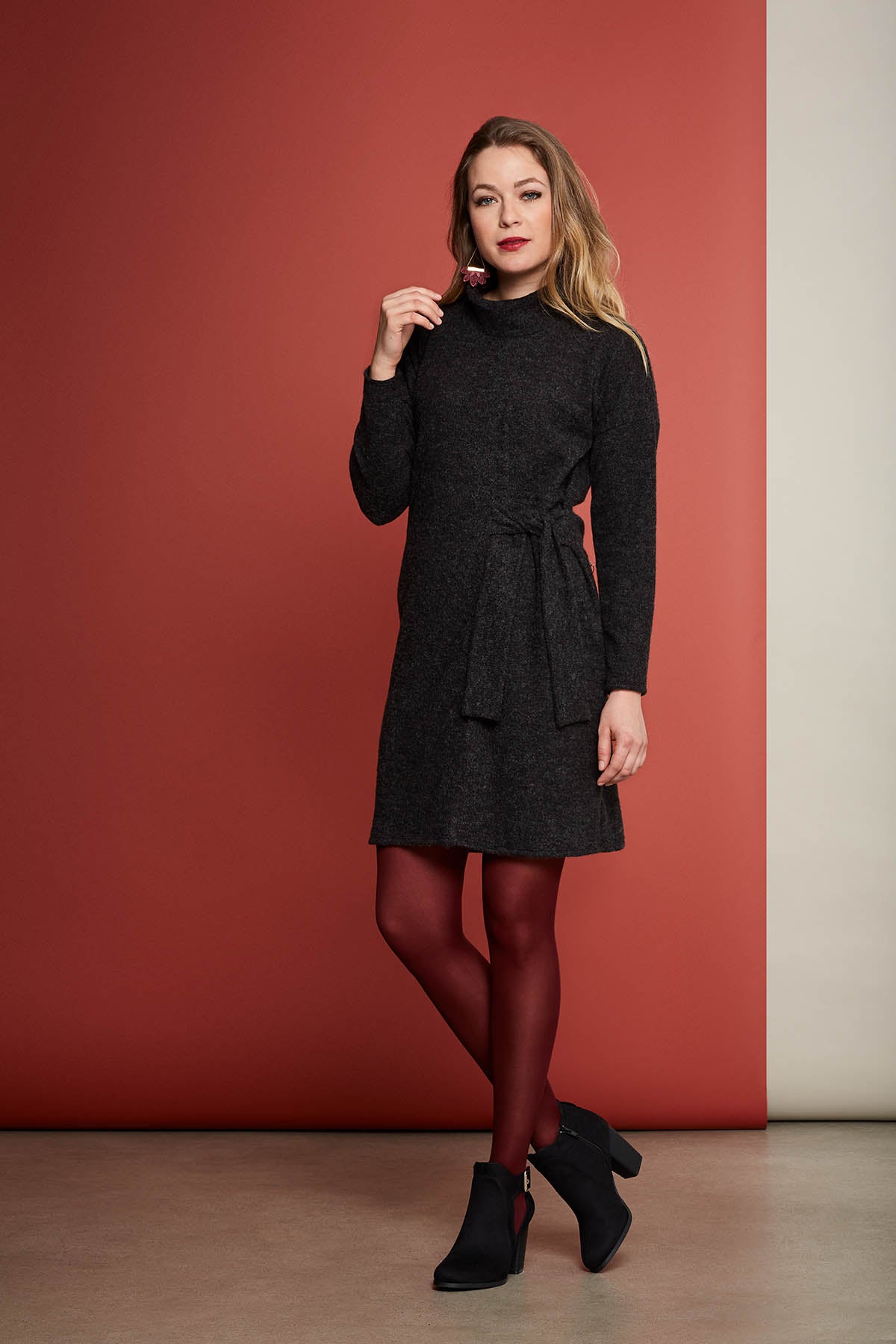



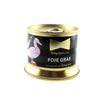
















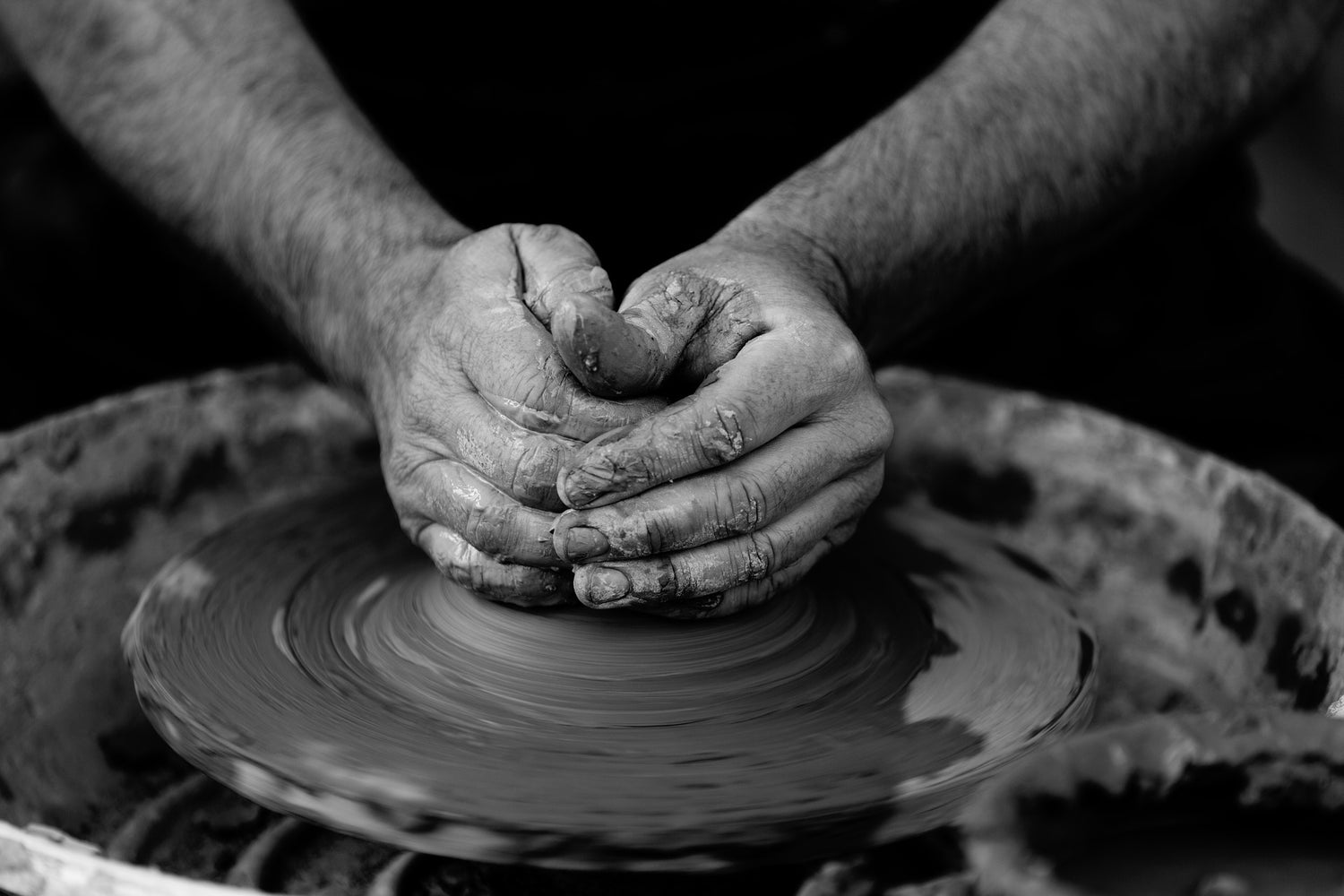




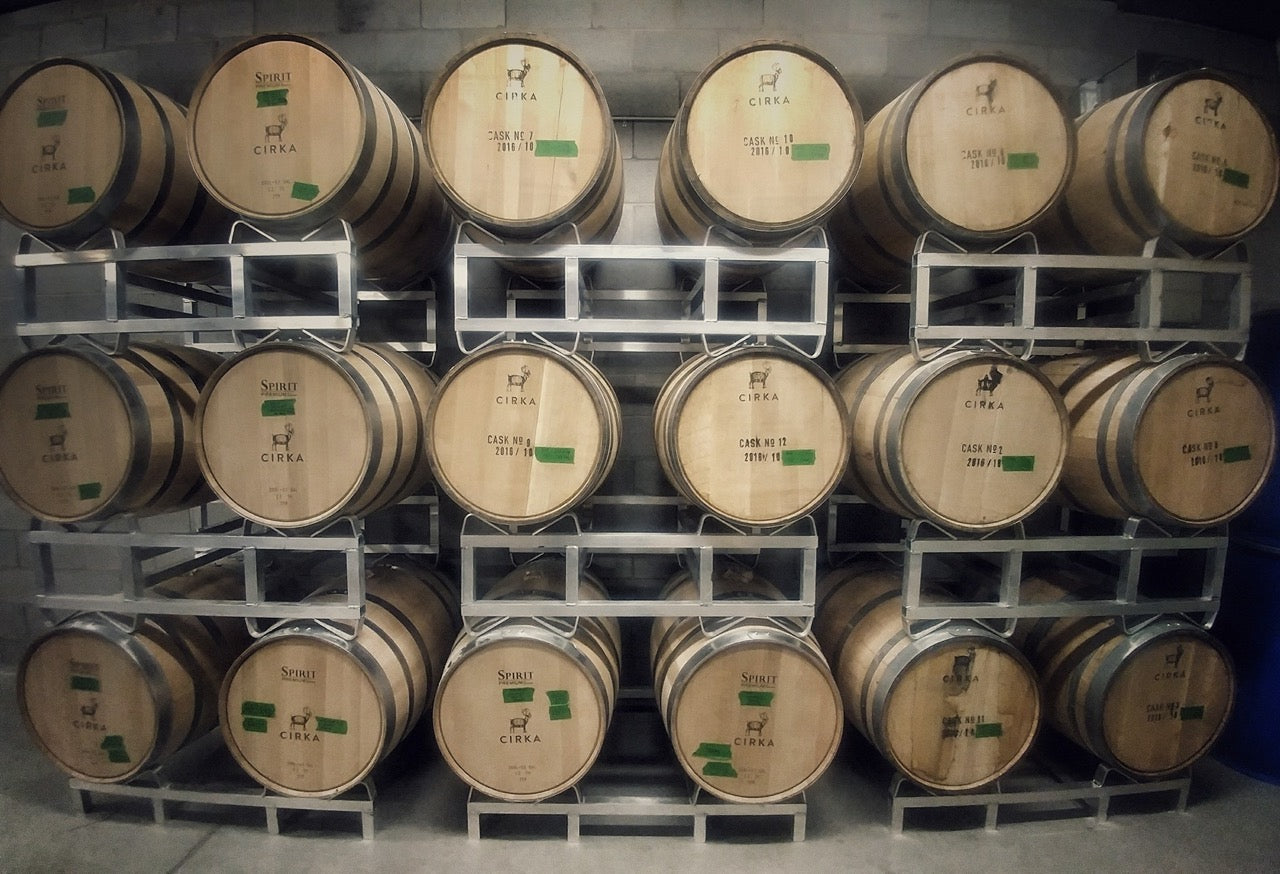

Leave a comment
This site is protected by hCaptcha and the hCaptcha Privacy Policy and Terms of Service apply.